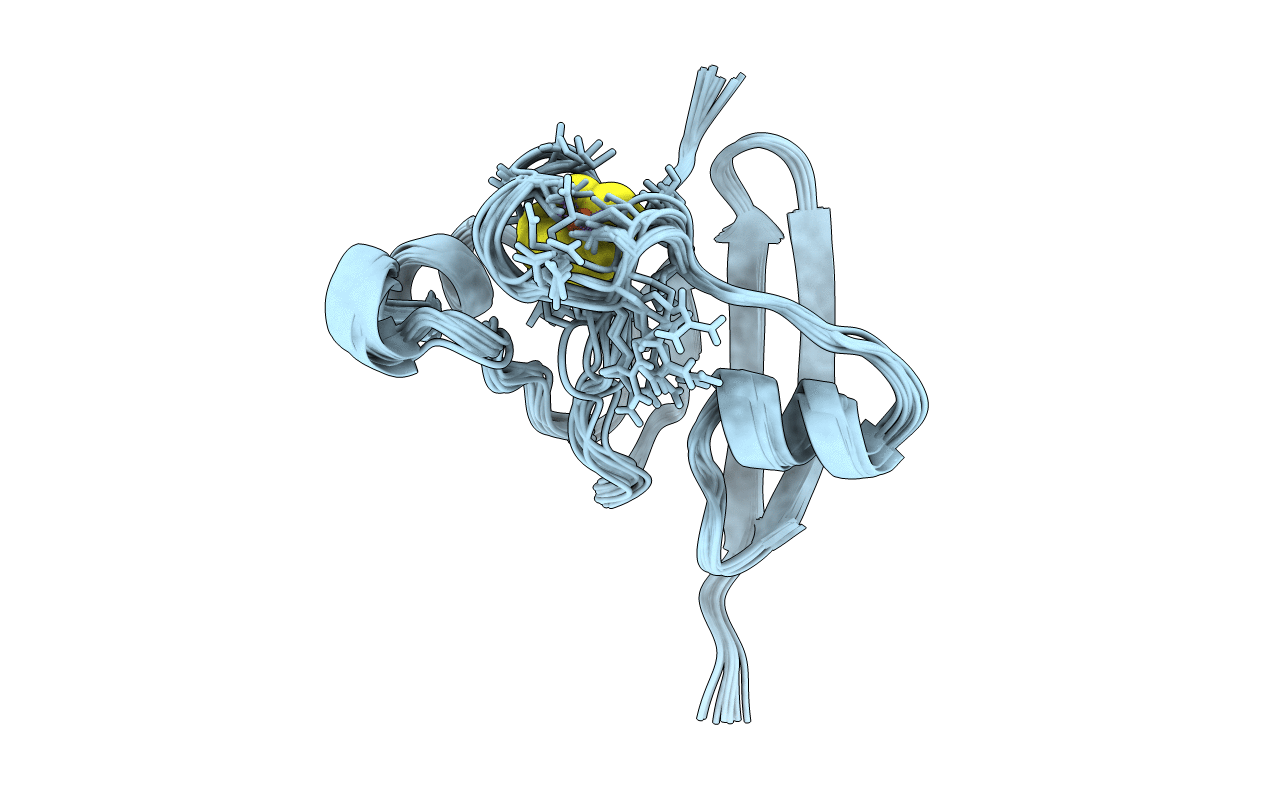
Deposition Date
2001-08-03
Release Date
2002-01-09
Last Version Date
2024-05-22
Entry Detail
PDB ID:
1JQ4
Keywords:
Title:
[2Fe-2S] Domain of Methane Monooxygenase Reductase from Methylococcus capsulatus (Bath)
Biological Source:
Source Organism:
Methylococcus capsulatus str. Bath (Taxon ID: 243233)
Host Organism:
Method Details:
Experimental Method:
Conformers Calculated:
300
Conformers Submitted:
10
Selection Criteria:
target function


